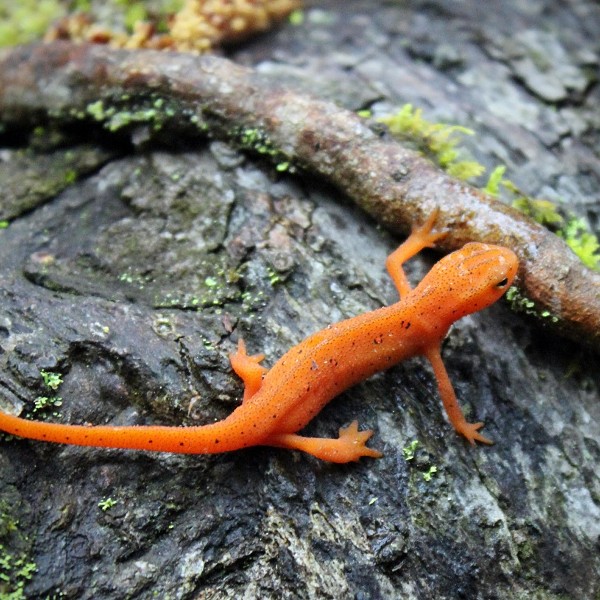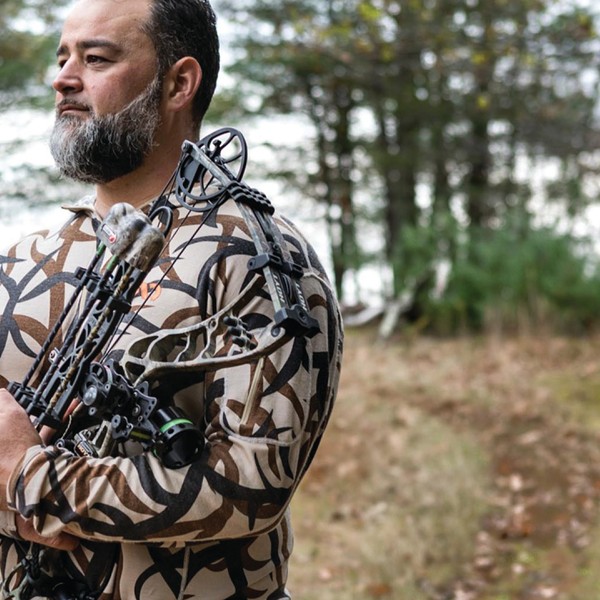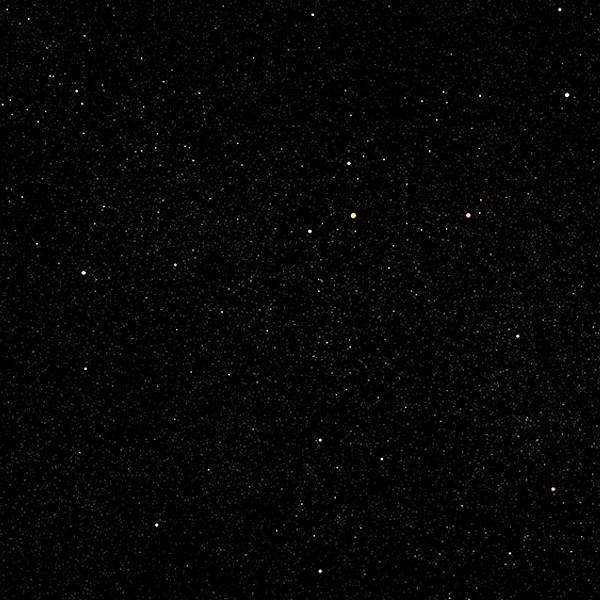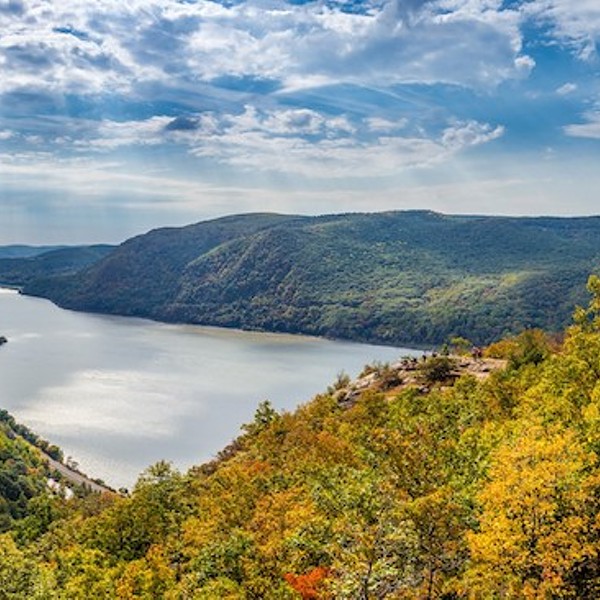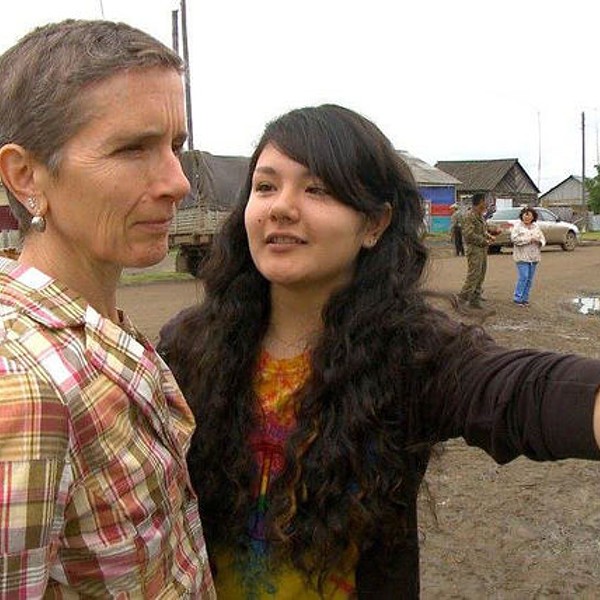Sooner or later, you have to draw a line. We’ve spent the last 20 years in the opening scenes of what historians will one day call the Global Warming Era—the preamble to the biggest drama that humans have ever staged, the overture that hints at the themes that will follow for centuries to come. But none of the notes have resolved, none of the story lines yet come into clear view. And that’s largely because until recently we didn’t know quite where we were. From the moment in 1988 when a NASA scientist named James Hansen told Congress that burning coal and gas and oil was warming the earth, we’ve struggled to absorb this one truth: The central fact of our economic lives (the ubiquitous fossil fuel that developed the developed world) is wrecking the central fact of our physical lives (the stable climate and sea level on which civilization rests). For a while, and much longer in the US than elsewhere, we battled over whether this was true. But warm year succeeded warm year and that fight began to subside.
Instead, the real question became, is this a future peril, the kind of thing you take out a reasonably priced insurance policy to guard against? Or is it the oh-my-lord crisis you drop everything else to deal with? Will Hitler be happy with the Sudetenland, or is the world going to spend every cent it has, not to mention tens of millions of lives, fighting him off? Trouble, or trouble? These last 12 months, we’ve found out.
It was September 2007 that the tide began to turn. Every summer Arctic sea ice melts, and every fall it refreezes. The amount of open water has been steadily increasing for three decades, a percent or two every year—it’s been going at about the pace that the hairline recedes on a middle-aged man. It was worrisome, and scientists said all the summer ice could be gone by 2070 or so, which is an eyeblink in geologic time but an eternity in politician time. In late summer of last year, though, the melt turned into a rout—it was like those stories of people whose hair turns gray overnight. An area the size of Colorado was disappearing every week; the Northwest Passage was staying wide open all September, for the first time in history. Before long the Arctic night mercifully descended and the ice began to refreeze, but scientists were using words like “astounding.” They were recalculating—by one NASA scientist’s estimate the summer Arctic might now be free of ice by 2012. Which in politician years is “beginning of my second term.”
Tipping Point
The key phrase, really, was “tipping point.” As in “I’d say we are reaching a tipping point or are past it for the ice. This is a strong indication that there is an amplifying mechanism here.” That’s Pål Prestrud of the Center for International Climate and Environmental Research-Oslo. Or this, from Mark Serreze, of the National Snow and Ice Data Center at the University of Colorado: “When the ice thins to a vulnerable state, the bottom will drop out...I think there is some evidence that we may have reached that tipping point, and the impacts will not be confined to the Arctic region.”
“Tipping point” is not, in this context, an idle buzzword. It means that the physical world is taking over the process that humans began. We poured carbon into the atmosphere, trapping excess heat; that excess heat began to melt ice. When that ice was melted, there was less white up north to reflect the sun’s rays back out to space, and more blue ocean to absorb them. Events began to feed upon themselves. And in the course of the last year, we’ve seen the same thing happening in other systems. In April, the National Oceanic and Atmospheric Administration released a report showing that 2007 had seen a sudden and dramatic surge in the amount of methane, another heat-trapping gas, in the atmosphere. Apparently, one reason is that when we burned all that fossil fuel and began raising the temperature, we also started melting the permafrost—melting eight times more of it in some places over two decades than had thawed for the previous 1,000 years. And as that frozen soil thaws, it releases methane; enough of it now bubbles out to make “hot spots” in lakes and ponds that don’t freeze during the deepest part of the Siberian winter. The more methane, the more heat, the more methane. Wash, rinse, repeat.









